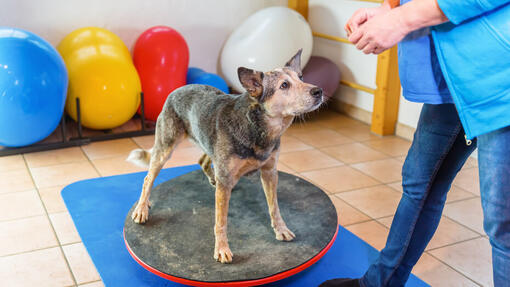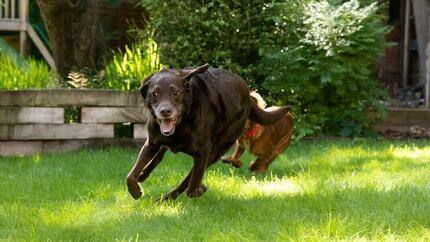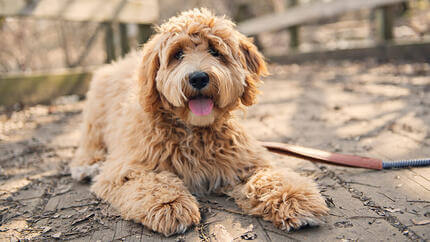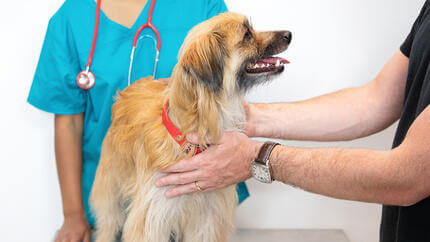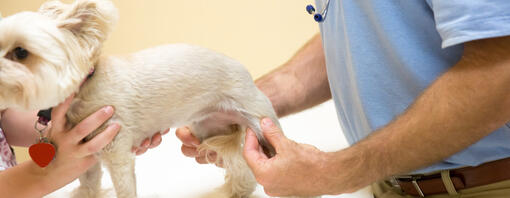
Have you noticed your dog limping for a few steps or holding one of their back legs raised from the ground? This might be a sign of kneecap dislocation, also known as a luxating patella. This condition is actually quite common in dogs, especially when it comes to diminutive breeds. Here is what you need to know about luxating patellas in dogs and how to decide when it’s time to take your pooch to the vet for a check-up.
What is a luxating patella in dogs?
A ‘luxating patella’ means that the kneecap (or patella) is slipping out of its normal position in the groove of the thigh bone. Don’t worry, you won’t need X-ray vision to notice that your dog’s kneecap is out of place. Instead, what you’ll usually see is your dog limping or walking with the affected leg in an abnormal position for a few seconds, and then going back to their normal stride once the kneecap has popped back into place.
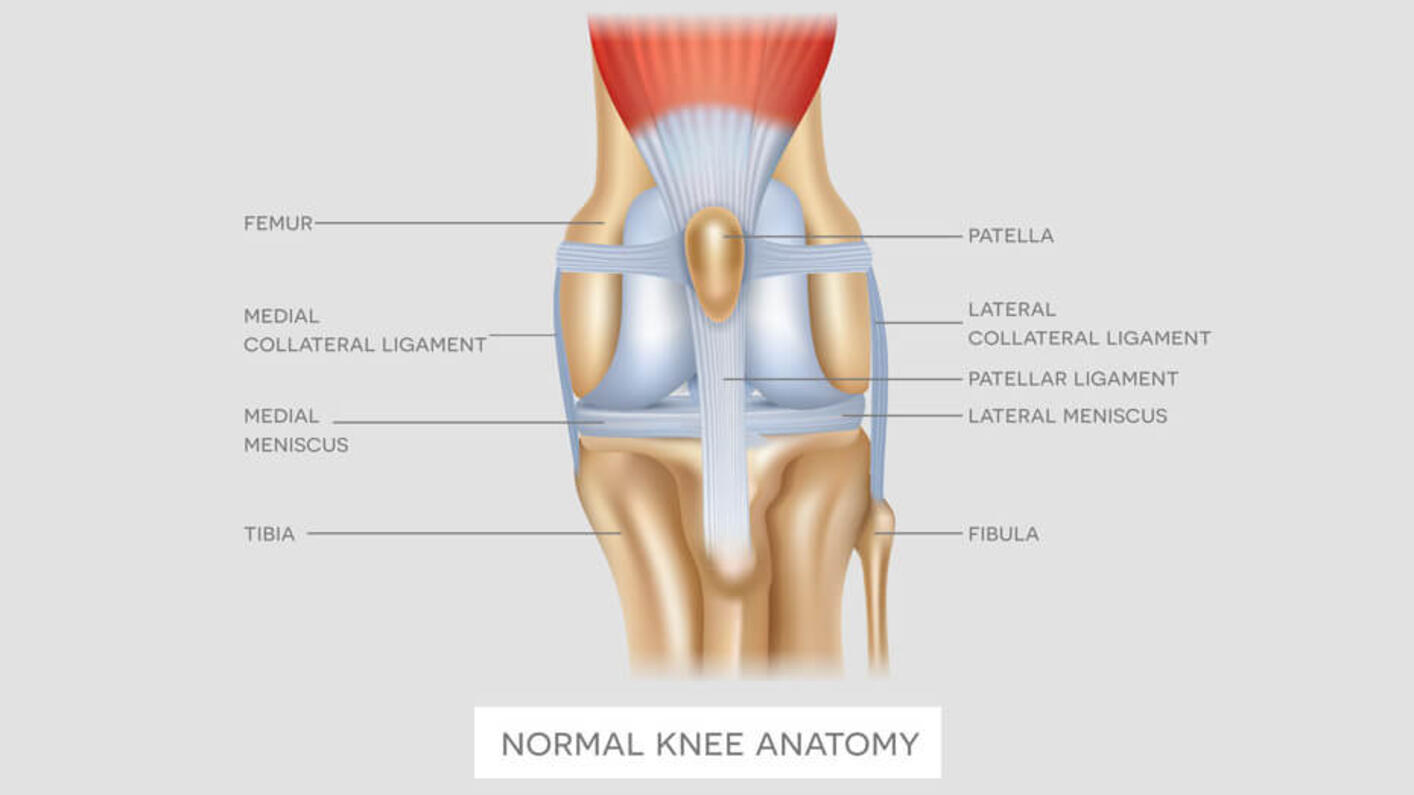

What are the different grades of luxating patellas in dogs?
Not all dogs experience the same severity of symptoms when it comes to luxating patellas. Specialists have come up with 4 categories, grades 1 through 4, to help them classify this condition depending on the severity of the dislocation.
Grade 1 luxating patella usually comes with no symptoms. The kneecap is loose, but will only get dislocated once pressure is applied. Once the pressure is removed the dog’s patella will go back into place.
Starting with grade 2, symptoms start to show up. In this case, your dog may start limping or holding the affected leg up when the kneecap slips temporarily out of place. This will typically last for a few seconds or minutes before the kneecap pops back into place by itself.
A grade 3 patellar luxation means that your dog’s patella always stays out of its groove, but it’s possible for the vet to manually replace it.
In grade 4 patellar luxation, the kneecap is permanently dislocated and can’t be put back into the correct anatomical position in the femur’s groove.
What is causing the luxating patella?
Most frequently, there’ll be a genetic cause for a luxating patella. It’s more common in smaller dog breeds that tend to have a ‘bow-legged’ conformation, such as the Yorkshire Terrier, Maltese, Chihuahua, and Boston Terrier. However, the condition is also sometimes seen in larger breeds.
What happens is that as the puppy grows up, the bones and muscles of the hindlimbs are slightly misaligned, and the powerful quadriceps muscle of the thigh can pull the kneecap out of the groove where it normally sits. The groove often doesn’t develop properly, meaning it is shallow and the kneecap slips out easily.
In other cases, the luxating patella is caused by a traumatic injury, but this tends to happen less often.
What are the symptoms of a luxating patella in dogs?
Here are the most common signs to look out for:
- Intermittent limping.
- Holding the affected leg up for a few steps when walking.
- Dogs with patellar luxation in both knees may walk stiffly and awkwardly.
What is the treatment for a luxating patella?
The treatment will depend on how mild or severe your dog’s condition is. For milder cases, your vet may recommend physiotherapy and a special set of exercises to help manage the luxation, as well as anti-inflammatory pain relief if required.
For grade 3 and 4 and some grade 2 luxations, surgery is often the best way forward. There are different types of surgery, including deepening the groove in the femur bone or moving the part of the shin bone (tibia) where the tendon of the quadriceps muscle attaches. The vet will recommend the best option for your dog.
Other useful advice for helping dogs with a luxating patella
Weight management is important
Keeping your dog at an optimum weight is key to alleviating some of the symptoms of patellar luxation. This will ensure that there isn’t too much weight placed on the affected leg. Find out more about the healthy weight for your dog with our body condition tool.
Avoid strenuous exercise or play
Depending on the grade of luxating patella your pet has been diagnosed with, your dog’s exercise routine might have to be altered to involve less demanding activities. This doesn’t mean you have to drastically reduce exercise or cut off play time, but it may mean that walking will be a better choice than jumping. Your vet will be able to advise you on the best type of exercise for your pet.
Check out our articles in the Exercise and Weight Management for Dogs series and discover whether your dog is overweight or not with our easy guide, next.


